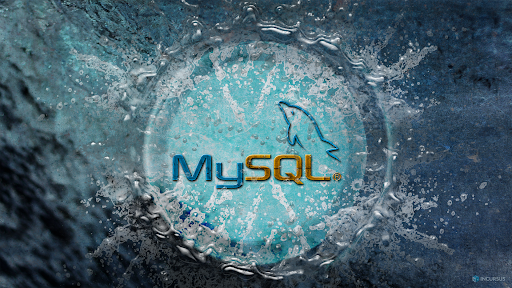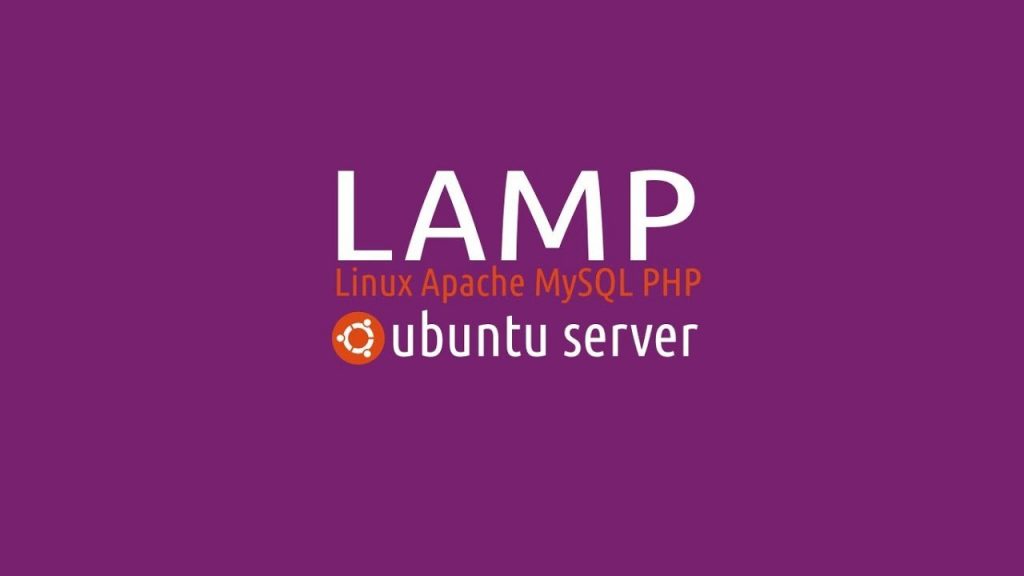In this Tutorial, we are going to discuss how to install VLC Media Player on Fedora, CentOS and RHEL Linux distributions. So, the users who are running these OS platforms on their system, will easily be able to play any multimedia content with one of the best multimedia player available.
About VLC Media Player
VLC (VideoLAN Client) is a well known and mostly used open source cross-platform player that can be used to play most of the multimedia files. It supports a wide variety of audio-visual formats, even can be used to stream online videos.
This media player is developed by VideoLAN project and is available for almost all operating systems like Windows, Linux, OS X, Android, iOS, and many more. This is why VLC is considered as one of the most favorite multimedia player on any platform.
Features Available with Latest VLC Player Version
- Uses a hardware decoding system by default to play 4K and 8K video contents.
- 10bits and HDR support
- 360 video and 3D audio support
- Audio pass through support for HD audio codecs
- Allows to stream videos through Chromecast enabled devices
- Browsing or local network media streaming support
To Check out the list of older versions, Click Here.
How to install VLC Media Player On Fedora, CentOS and RHEL Linux
If you are a Linux user and using aforementioned Linux operating system on your machine, then you might want to have VLC media player installed. And this article will easily guide you through installing VLC on your system easily.
Read this article to install VLC media player on Ubuntu/Debian/Linux Mint
Although, this app is available for almost all operating systems, still it’s not included in Fedora, CentOS, and RHEL based systems. Fortunately, the users can still have the app installed on their system by using third party repositories like RPM Fusion and EPEL. These repos will allow you to install list of all updated packages automatically with YUM package manager command.
Installing RPM Fusion and EPEL repos on Fedora, CentOS and RHEL
So, in order to install VLC media player on specified Linux distributions, the very first step is to install RPM Fusion and EPEL repositories. Check the instructions below to install the repos based on your OS variants:
For Fedora Users
dnf install https://download1.rpmfusion.org/free/fedora/rpmfusion-free-release-$(rpm -E %fedora).noarch.rpm
For RHEL/CentOS 8
subscription-manager repos --enable=rhel-8-server-optional-rpms [on RHEL] yum install https://dl.fedoraproject.org/pub/epel/epel-release-latest-8.noarch.rpm yum install https://download1.rpmfusion.org/free/el/rpmfusion-free-release-8.noarch.rpm
For RHEL/CentOS 7
subscription-manager repos --enable=rhel-7-server-optional-rpms [on RHEL] yum install https://dl.fedoraproject.org/pub/epel/epel-release-latest-7.noarch.rpm yum install https://download1.rpmfusion.org/free/el/rpmfusion-free-release-7.noarch.rpm
Checking VLC Availability in Fedora/CentOS/RHEL
After installing all essential repositories in the system, you can check the availability of VLC player by running commands below:
For Fedora
dnf info vlc
For CentOS/RHEL
yum info vlc
Running the command in corresponding operating system will display all details about VLC media player including version, release, size, source, license, summary, description etc.
Installing VLC media player in Fedora/CentOS/RHEL systems
After you have checked out availability of VLC media player, you can now install the app with these commands:
For Fedora
dnf install vlc
For CentOS/RHEL
yum install vlc
Once you are up with the command, the VLC player will be installed on your machine, and you can easily enjoy playing your multimedia contents
Alternative approach to install VLC media player (Via Snap)
Snap Store is another option that allows you to install VLC media player on Fedora, CentOS and RHEL based computers. This is an alternative and easy method as well to have your favorite media player installed. Just follow the instructions:
For Fedora
At first, install the snap package on your distribution:
sudo dnf install snapd
Next is reboot your system and create a sym-link between /var/lib/snapd/snap and /snap
sudo ln -s /var/lib/snapd/snap /snap
Finally, install VLC media player using this command
sudo snap install vlc
For CentOS
Install EPEL repository first by running the command
sudo yum install epel-release
Now, install and enable snap
sudo yum install snapd sudo systemctl enable --now snapd.socket
Create a sym-link between /var/lib/snapd/snap and /snap
sudo ln -s /var/lib/snapd/snap /snap
After this, we suggest you to reboot your system, and run the command below to install VLC player
sudo snap install vlc
For Red Hat Enterprise Linux
Adding EPEL and extra essential repositories with the commands below
sudo dnf install https://dl.fedoraproject.org/pub/epel/epel-release-latest-8.noarch.rpm sudo dnf upgrade sudo subscription-manager repos --enable "rhel-*-optional-rpms" --enable "rhel-*-extras-rpms" sudo yum update
Installing and enabling snap package
sudo yum install snapd sudo systemctl enable --now snapd.socket
Creating sym-link between /var/lib/snapd/snap and /snap
sudo ln -s /var/lib/snapd/snap /snap
Now, reboot your system and install VLC player using the command below
sudo snap install vlc
Conclusion
We hope you have enjoyed this tutorial to install VLC Media Player on Fedora, CentOS, and RHEL based systems easily. VLC is really a great way to play all possible multimedia contents with latest features. Do share this tutorial with your friends. If you have any question, you can click to Visit Our Discussion Board.

Nishant Verma is a senior web developer who love to share his knowledge about Linux, SysAdmin, and more other web handlers. Currently, he loves to write as content contributor for ServoNode.




